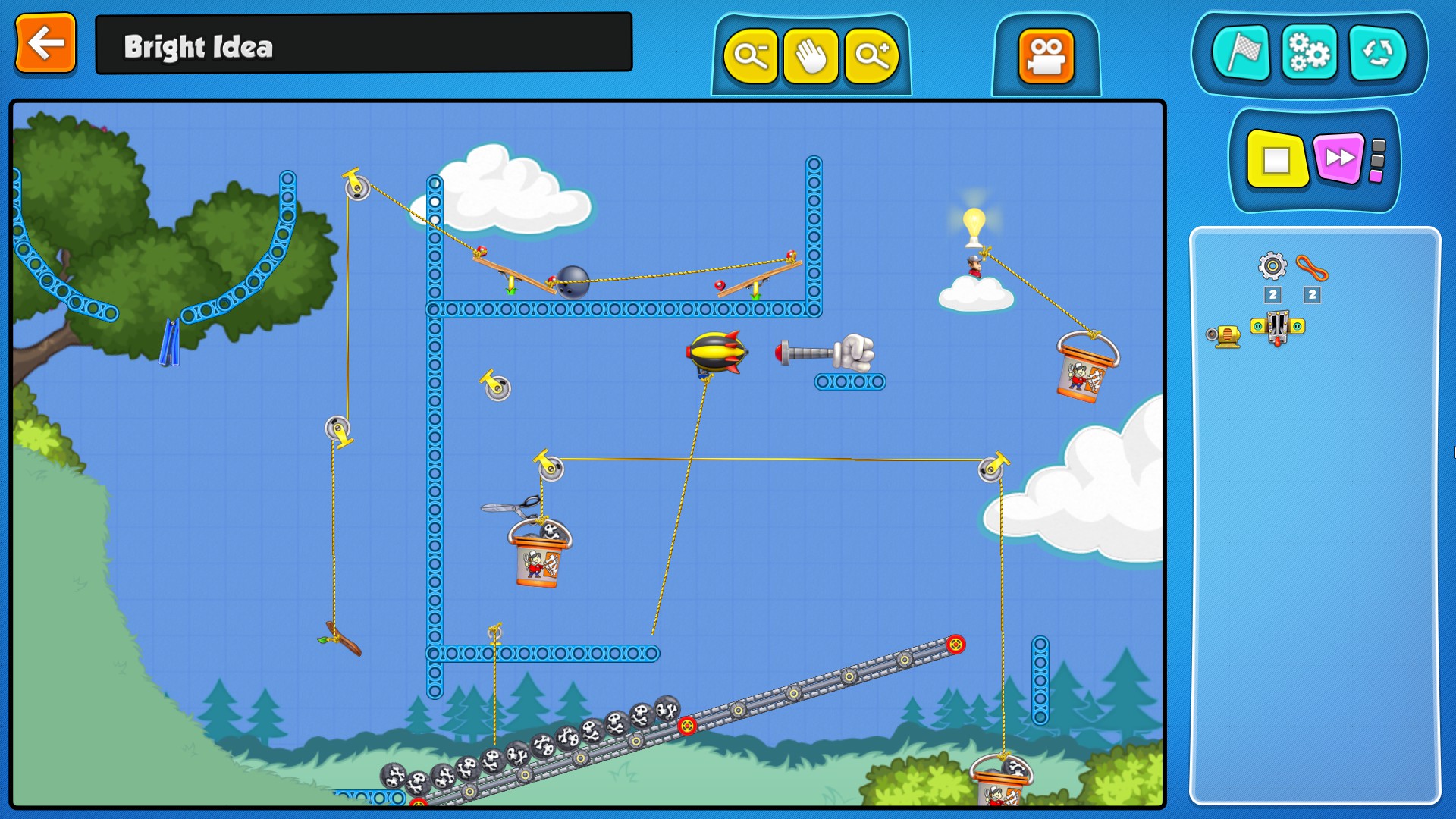
Throughout the piece, the balls change colour and represent all manner of things such as atoms, stars and hearts. On the upstage wall, around thirty grapefruit-sized balls filled with light hang equidistant from one another, forming a grid. The main scenic element of the show is the lighting rig behind the band. The contact juggling itself is charming and effective but it feels like it would be even more effective if the juggler remained more hidden, possibly allowing the balls to achieve an illusion of sentience.

Occasionally, during intervals between songs, one or two of the band members come on to stage with glass balls and manipulate them so they hover and float around the stage, further painting a picture of particles colliding and stars forming. The most notable technique used in the movement scores is the contact juggling. This is often accompanied with simple but effective movement scores to allow for transition into the next song. The rest is empty space, nearly nothing”. The entire human race would fit into the volume of a sugar cube. The silence between songs is filled by a pre-recorded voice delivering mind-blowing facts about the universe: “If you removed all the space, in our atoms, humans are nearly nothing. The frantic running around the stage during crescendos in the energetic song Bloodhound ruminates on the essential chaos of the universe and how humans fit into this as an aspect of imperfection. All elements of the show, including the music, seem to represent different things at different times, the performers never take on characters, but instead their presence and movement is used to represent some sort of mechanism or process of the universe. That isn’t to say that other aspects of the piece are neglected, but the music is the main communicator of the piece’s ideas. The piece is very conceptual and it lies towards the gig end within the spectrum of gig-theatre, focusing mostly on the music. The songs Home and Nearly Human use musical canon to give a sense of reordering and structural change – like clockwork machines reorganising themselves It’s inferred that the beginning of the performance signifies the beginning of the universe, so throughout the piece there is an engaging sense of development. In Nearly Human, the band explores the infinite complexity of the universe with various brass instruments, drums, a guitar and a xylophone (used by Catherine Ring to deliver a cracking solo) to question where one thing ends and another begins in a reality where everything is essentially made from stardust.

Nearly Human is Perhaps Contraption’s first venture into theatre after having worked for nearly a decade as musicians.


 0 kommentar(er)
0 kommentar(er)
